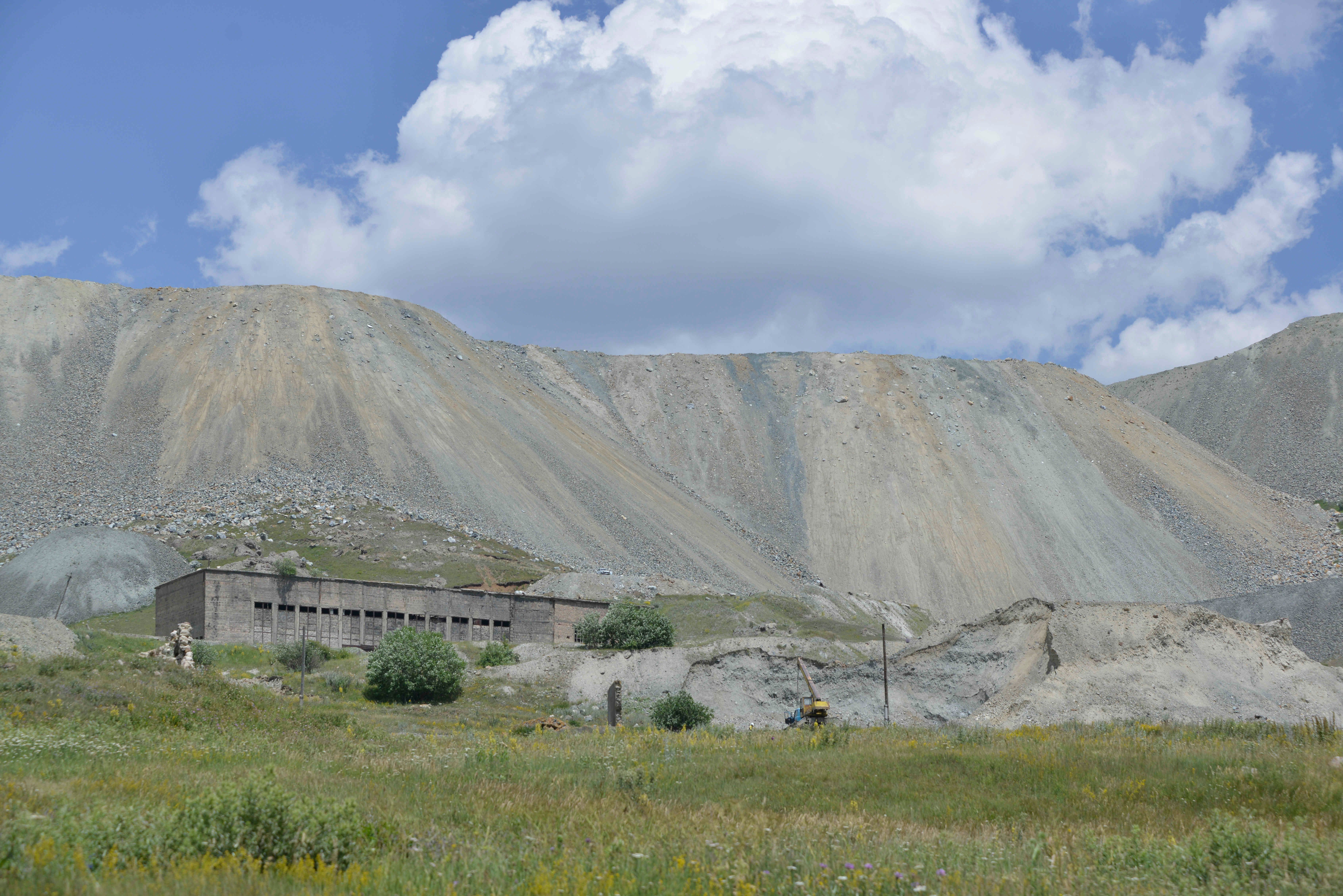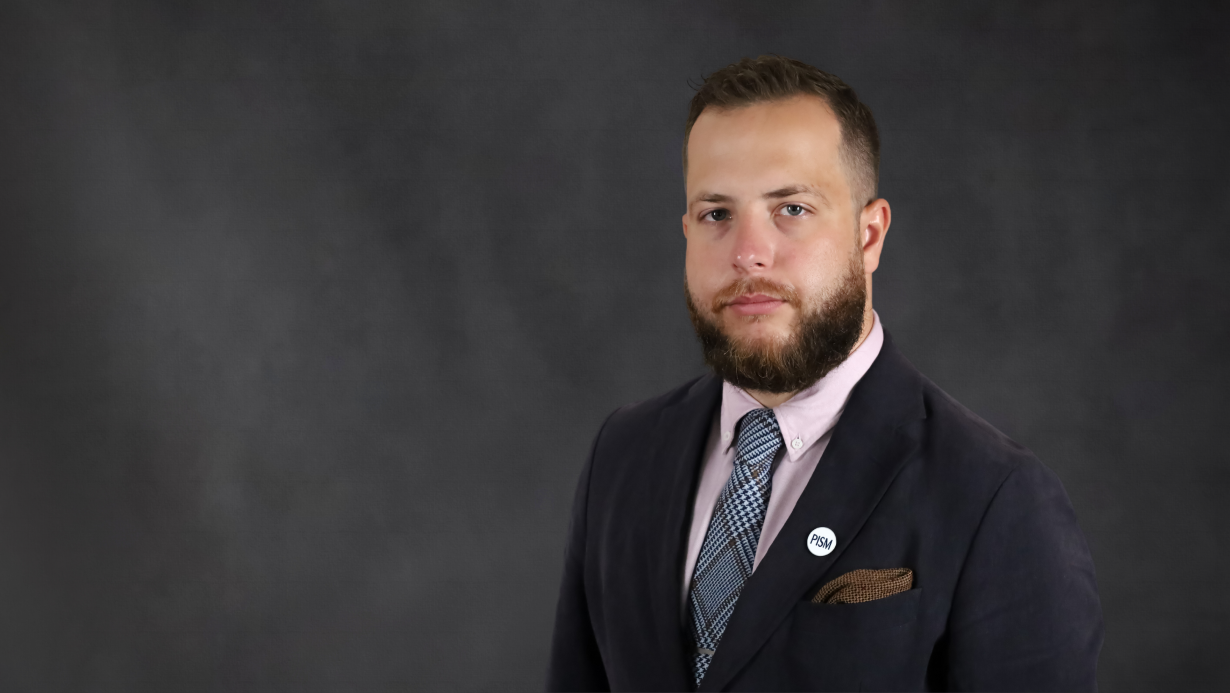Prospects for Resolving the Nagorno-Karabakh Conflict

Nagorno-Karabakh (NK), inhabited by Armenians, functions as a quasi-state under the political and military patronage of Armenia. The international community recognises the territory as a part of Azerbaijan under Armenian occupation. NK was established as a result of armed seizure by the Armenian army, supported by Russia, of the territory of the Autonomous Nagorno-Karabakh District (ANKD) and seven adjacent Azeri provinces during the Armenian-Azerbaijani war in 1988–1994. The settlement of the conflict has been since 1992 unsuccessful through the so-called OSCE Minsk Group (Armenia, Azerbaijan, Russia, France and the U.S.).
Armenia and NK
The government of Nikol Pashinyan, who took power in Armenia as a result of the Velvet Revolution of May 2018, made it a priority to resolve the conflict over the territory. Pashinyan is the first Armenian prime minister since 1998 from outside the Karabakh clan, a group of politicians, oligarchs and military personnel from the NK who advocate a tough policy towards Azerbaijan. This gave a chance for a breakthrough in the negotiations with Azerbaijan. Pashinyan made contact with Azerbaijani President Ilham Aliyev and they met in September 2018 in Dushanbe, and again in March in Vienna. The result of their talks was the initiation of a telephone hotline between the leaders and the conclusion of an agreement on the need to prepare the societies of both countries for a peaceful resolution of the conflict. At the same time, the frequency of talks at the foreign ministry level was increased; however, the positions of the two sides were not brought closer. What’s more, a change in Pashinyan’s stance on the issue and his visit to the NK in August, when he called for the unification of the quasi-state with Armenia, led to a breakdown in the talks.
Pashinyan’s stricter stance on the peace process was conditioned by internal political factors—the resistance of the army and force structures against compromise with Azerbaijan, the long-term identity policy of the Armenian authorities, strengthening antagonistic attitudes towards Azerbaijan, and public opposition to any concessions regarding NK’s status. Authorities inside NK associated with the Karabakh clan are putting pressure on the Armenian government to pursue a tough policy towards Azerbaijan and use the conflict in Armenian domestic policy to weaken Pashinyan’s position. This has reduced his negotiating position, especially in the context of the April 2020 presidential and parliamentary elections in the NK, which may exacerbate the debate on Azerbaijan policy in Armenia.
The conflict over the NK has had a negative impact on Armenia, delaying economic reforms, requiring the sale of state assets and growing the country’s debt, associated with the recurring high costs of maintaining the army (about 70,000 troops) and supporting the defence forces of the NK (about 40,000 soldiers). Armenia spends 4.25% of its GDP on defence (about $600 million in 2018), ranking it ninth in the world in this respect. In foreign policy, the conflict has resulted in Armenia deepening its dependence on Russia, the guarantor of its security (Armenia is a member of the Collective Security Treaty Organization, has a common air-defence system with Russia, and Russian military bases on its territory, in Gyumri and Erebuni).
Azerbaijan and NK
The policy of the Azerbaijani authorities, like Amernia’s, is also conditioned by resistance from the power structures to possible compromise, public pressure, and instrumentalisation of the conflict in domestic policy. Azerbaijan demands that Armenia return the occupied territory of NK, offering autonomy. After 2014, citing the example of the sanctions imposed on Russia for its illegal annexation of Crimea, the Azerbaijani authorities are demanding the imposition of analogous restrictions on Armenia. Concessions on the NK issue—meaning Azerbaijan’s acceptance of the de facto loss of part of its territory—are opposed by the so-called Nakhichevan clan, which comprise the Azerbaijani elite, including President Aliyev. In addition, the Azerbaijanis are more impatient than the Armenians about the ongoing conflict due to the loss of control over part of their territory and demand that the matter be resolved, even by military intervention.
The conflict over the NK is less important to the internal situation in Azerbaijan than in Armenia’s case. Azerbaijan, which has about four times higher GDP than Armenia, is able to incur higher expenses for the army (about 120,000 troops) without equally severe social consequences or an increase in debt. Azerbaijan spends 3.77% of its GDP on defence (about $1.7 billion in 2019), ranking it 15th in the world in this area. In foreign policy, Azerbaijan also has more freedom of action, which results, for example, from the wealth of the state. The conflict over the NK, however, makes Azerbaijan more susceptible to Russian political pressure. It also restricts Azerbaijan’s cooperation with Eurasian integration structures, of which Armenia is a member.
Russia’s Role in the Conflict
Russia, although part of the defence alliance related to Armenia, is developing cooperation with both sides of the conflict, for example, as the main supplier of arms to both countries. Russia also plays the role of the main mediator in the conflict over the NK, marginalising the other members of the Minsk Group—France and the U.S. Russia’s proposals for regulating the status of the NK are based on the so-called Kazan document put out by the Minsk Group in 2011. According to it, territories outside the former ANKD currently controlled by the NK (the seven Azerbaijani provinces) should be returned to Azerbaijan, except for a “territorial corridor” connecting Armenia with the NK. The final status of the NK itself should be determined in a referendum. The Russian authorities are aware that neither side can accept such a compromise due to public pressure and lack of trust. For Armenia, this scenario is also unacceptable for strategic reasons—this change in the NK’s borders would lessen its defence capabilities in the event Azerbaijan attempts to regain control over the territory by force, because of the topography. With its proposal, Russia is revealing its priority is to maintain the frozen nature of the conflict, which enables it to influence both Armenia and Azerbaijan.
Conclusions and Perspectives
The collapse of the Armenia-Azerbaijan talks on the NK proves that settlement of the conflict in the medium term is unlikely, especially considering the conditions prevailing in both countries. The growing impatience of Azerbaijanis with the occupation of the NK means that Azerbaijan’s authorities may decide to take offensive actions against Armenia. A similar level of frustration was visible in 2016 before the outbreak of the “four-day war”, which was the bloodiest clash since 1994. The risk of armed clashes and cross-border provocations in the NK-Azerbaijan border area will further increase the potential for provocative statements by Armenian politicians during the NK election period in 2020. However, any military actions will be limited in nature, as Azerbaijan does not have sufficient forces to regain full control over the NK as long as Armenia is back by the Russians. In the long term, the disproportion in GDP and defence spending between the two sides of the conflict will lead to a growing military advantage for Azerbaijan. This will deepen Armenia’s dependence on Russia for security, which will remain the main deterrent to Azerbaijan from initiating military operations on a larger scale.
Increasing the activity of French and U.S. diplomacy in the work of the Minsk Group would limit Russia’s role as the main mediator and the instrumentalisation of the conflict. Despite announcing they would be more involved in resolving the NK conflict, France and the U.S. are in fact distancing themselves from the group’s work. Attempts to resolve the conflict by political means are also in the EU’s interest. In the absence of prospects for a rapid resolution, the EU may support the building of mutual trust between the parties or initiatives that increase the readiness of the societies of both countries for the reconciliation process.


